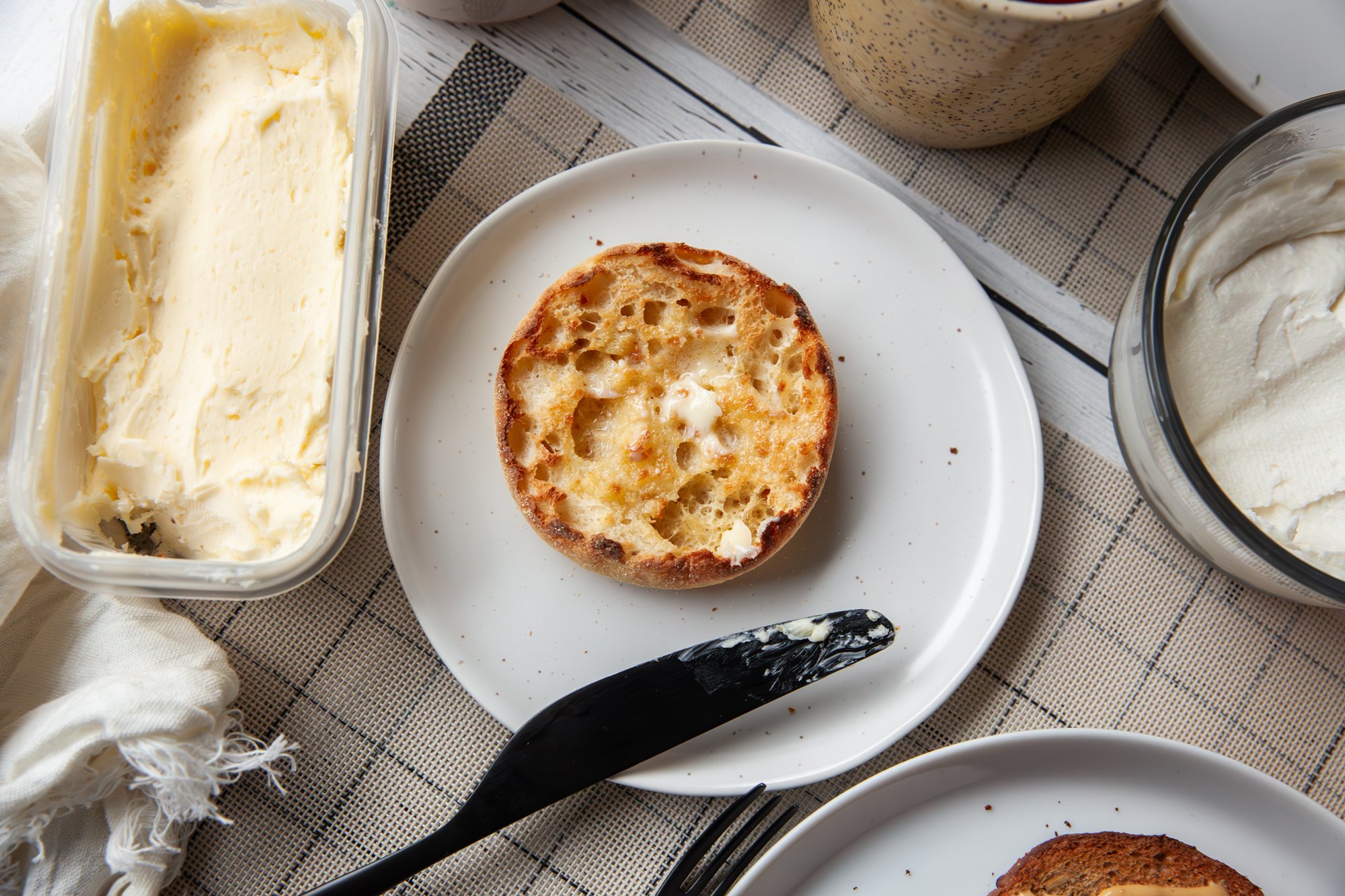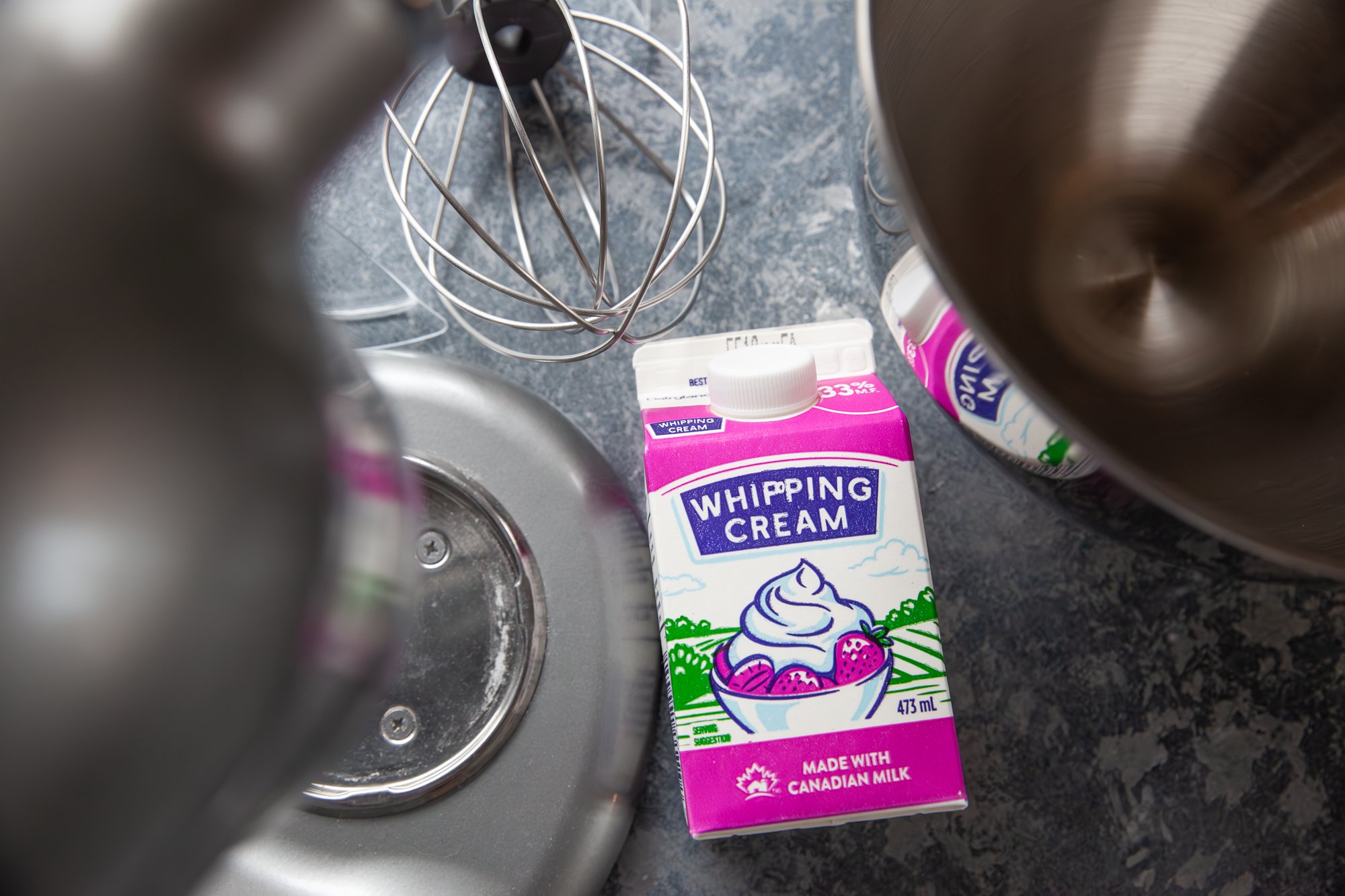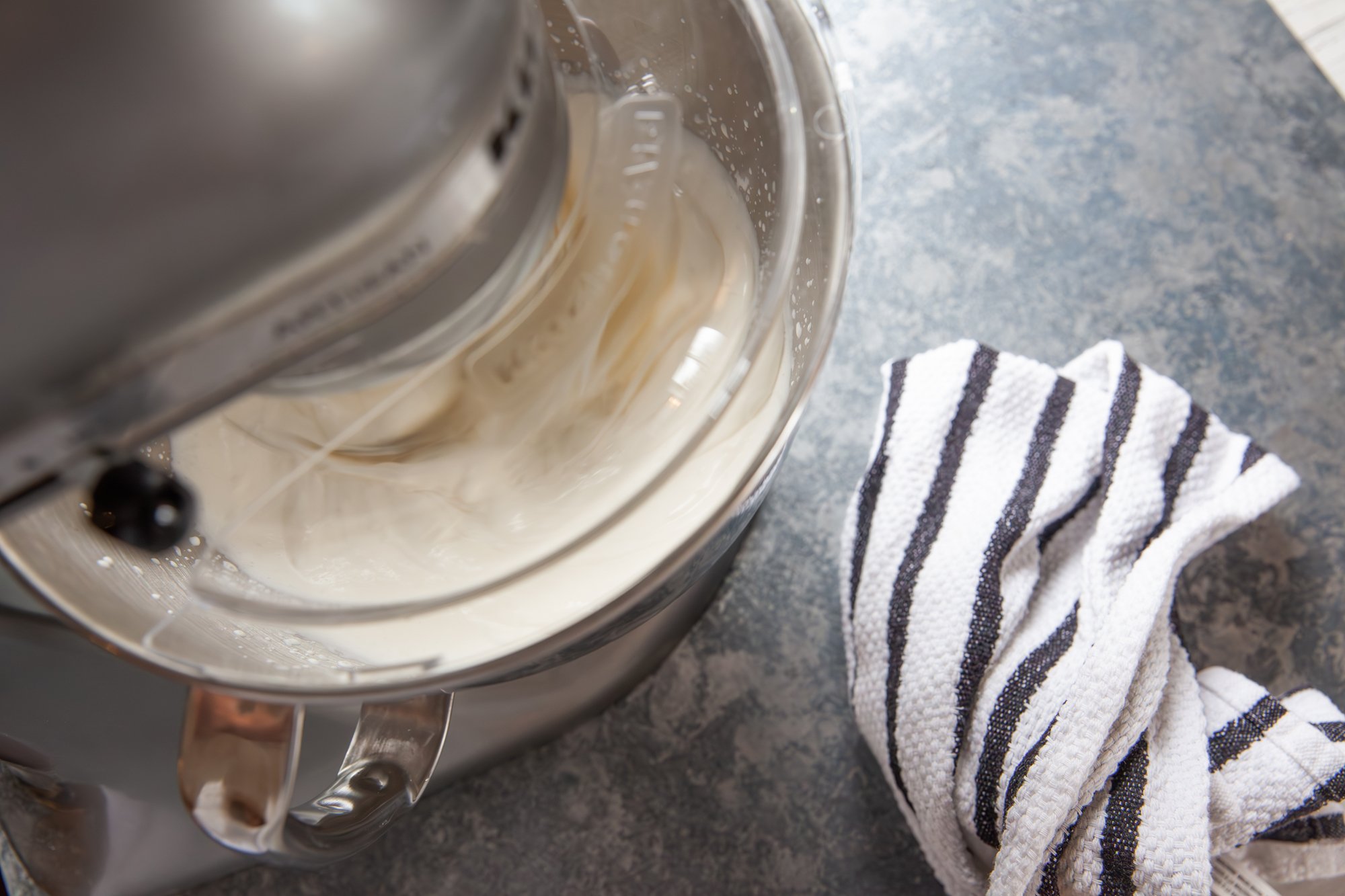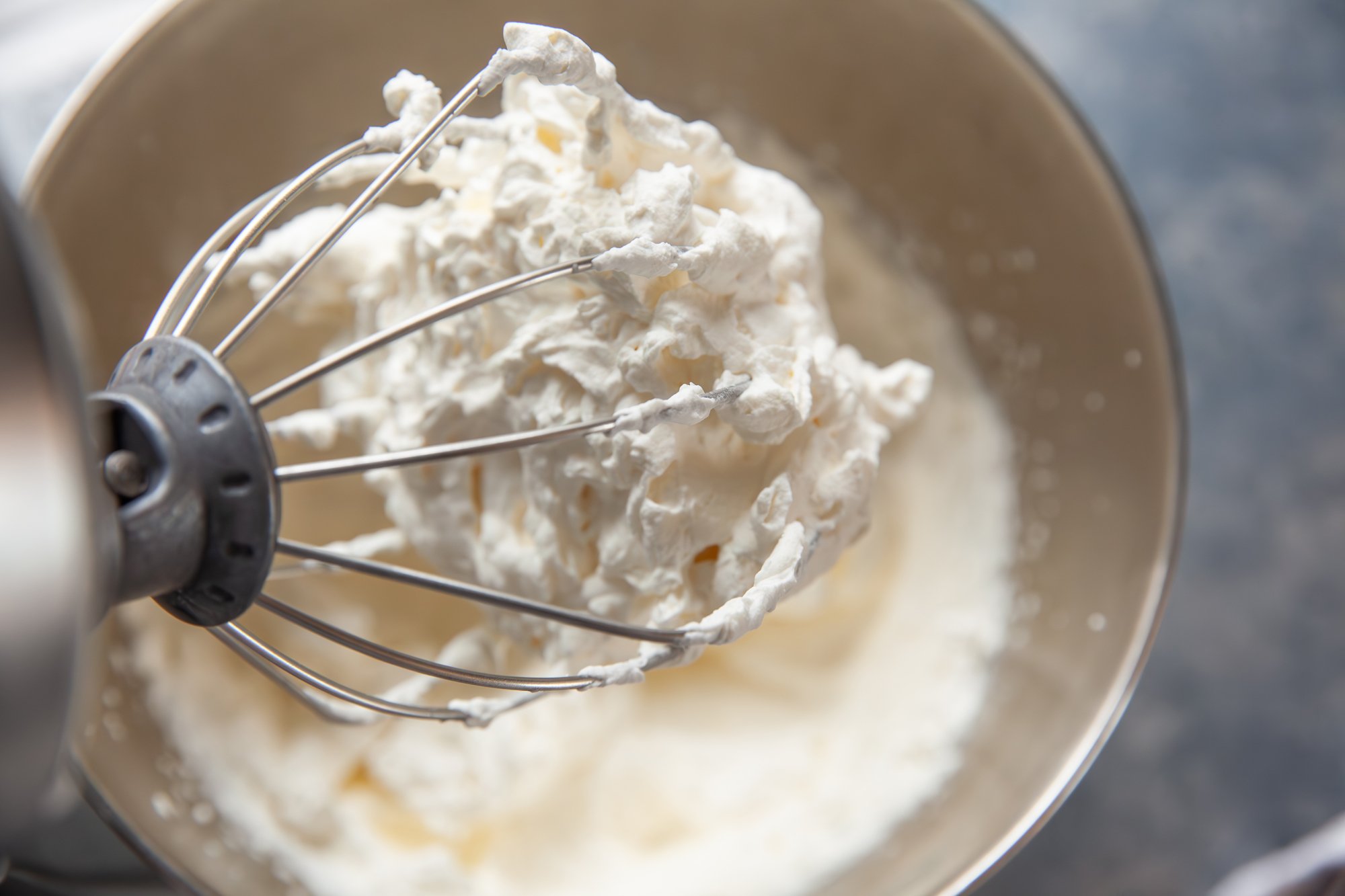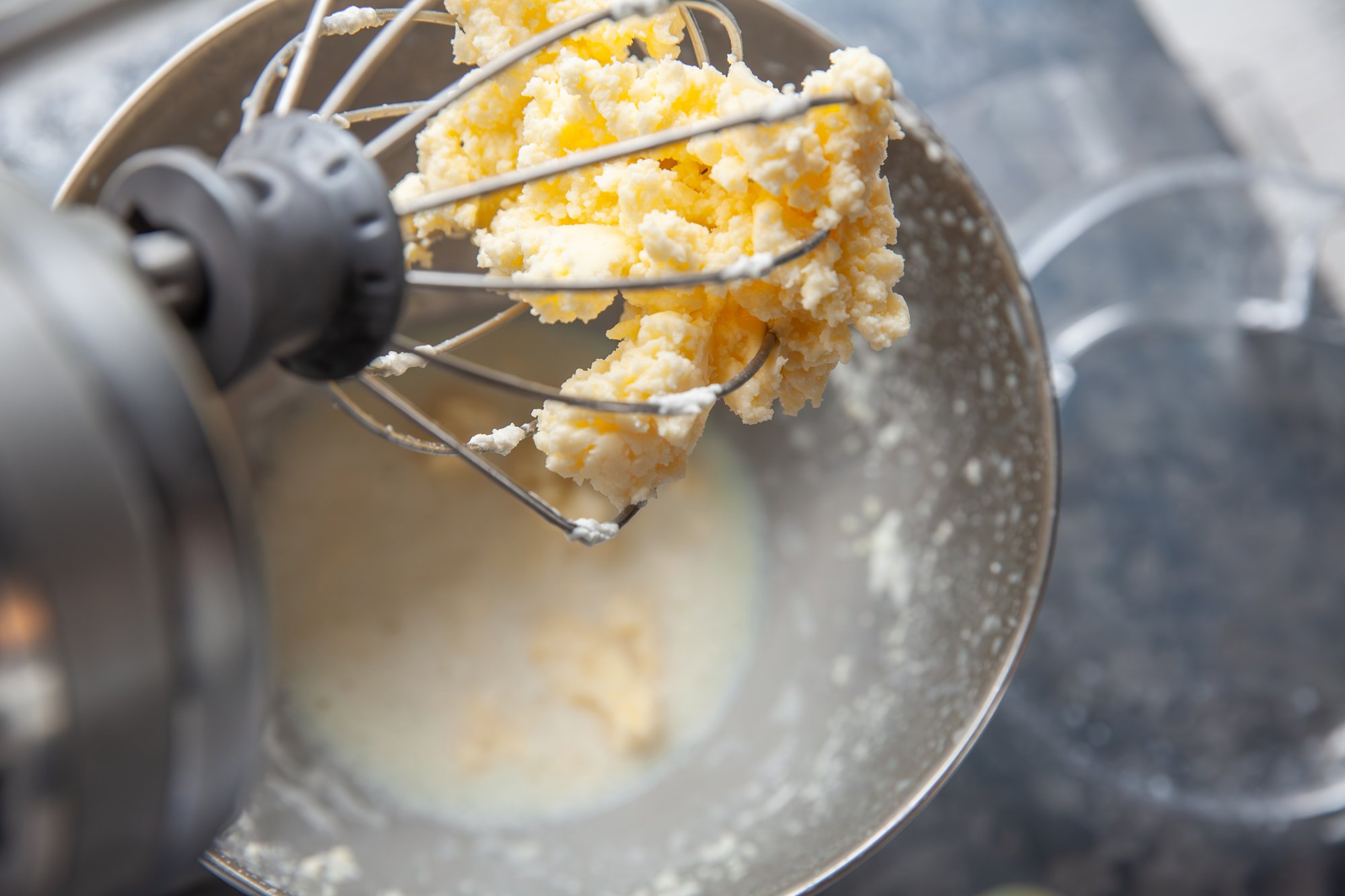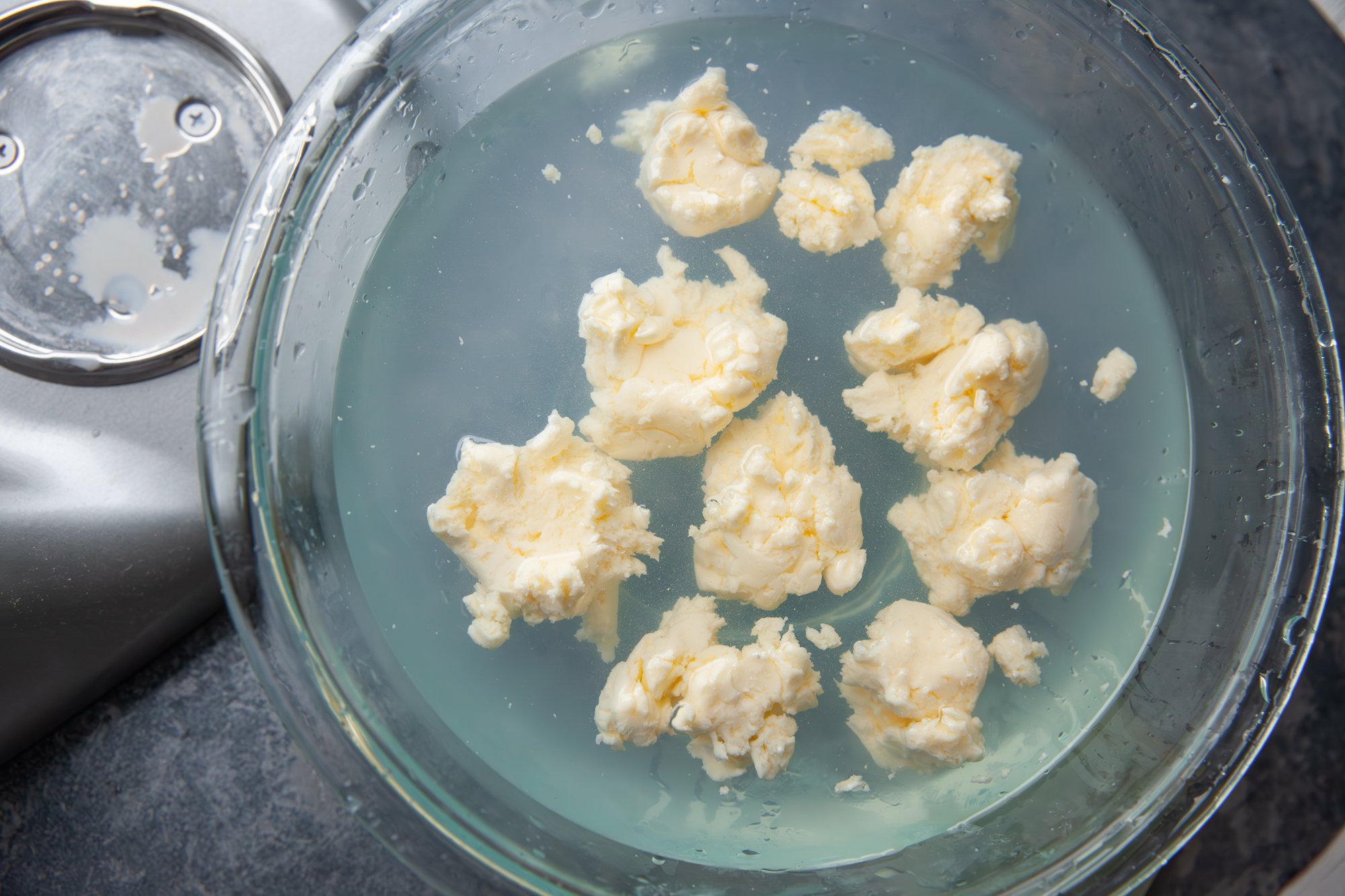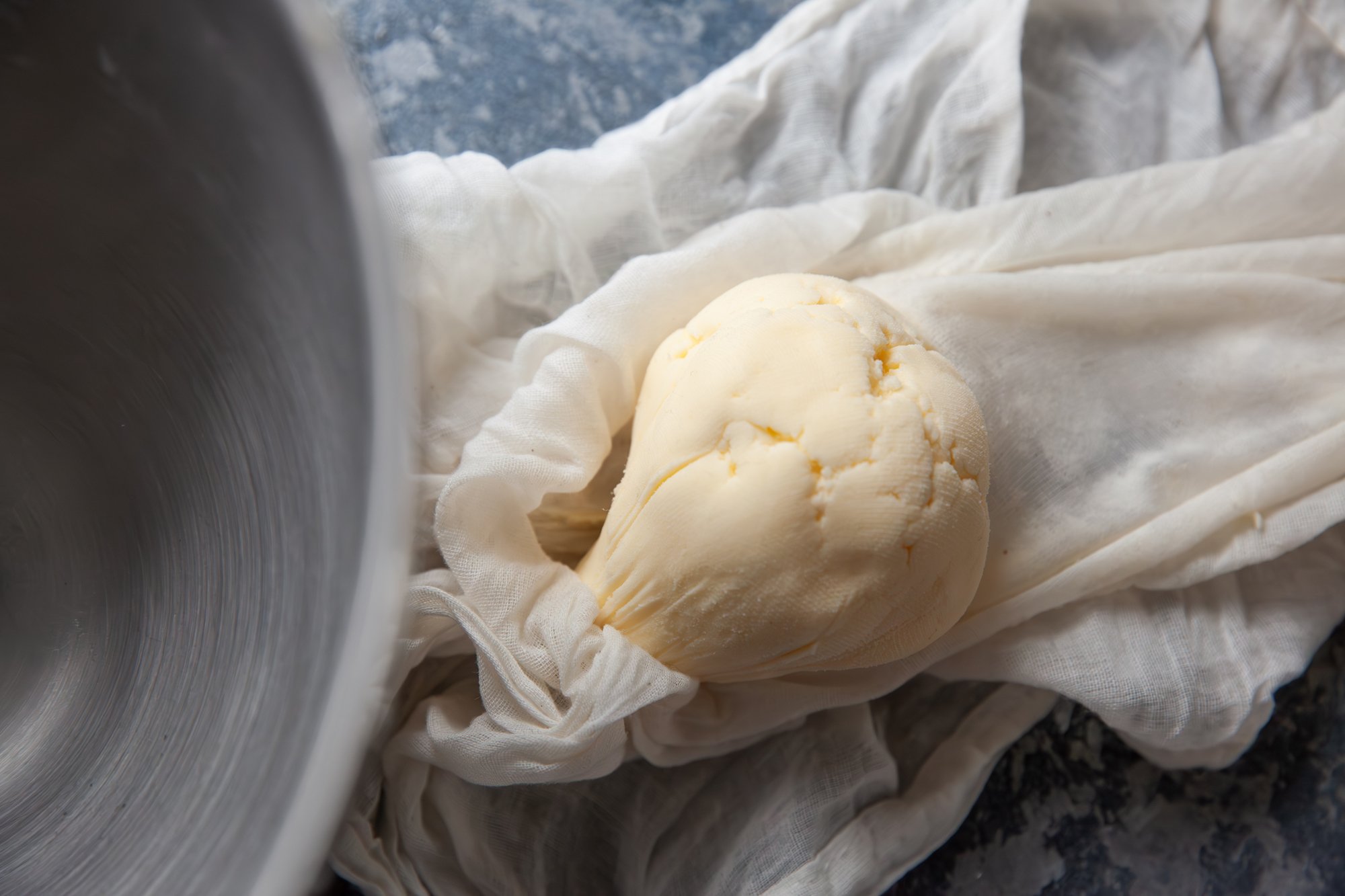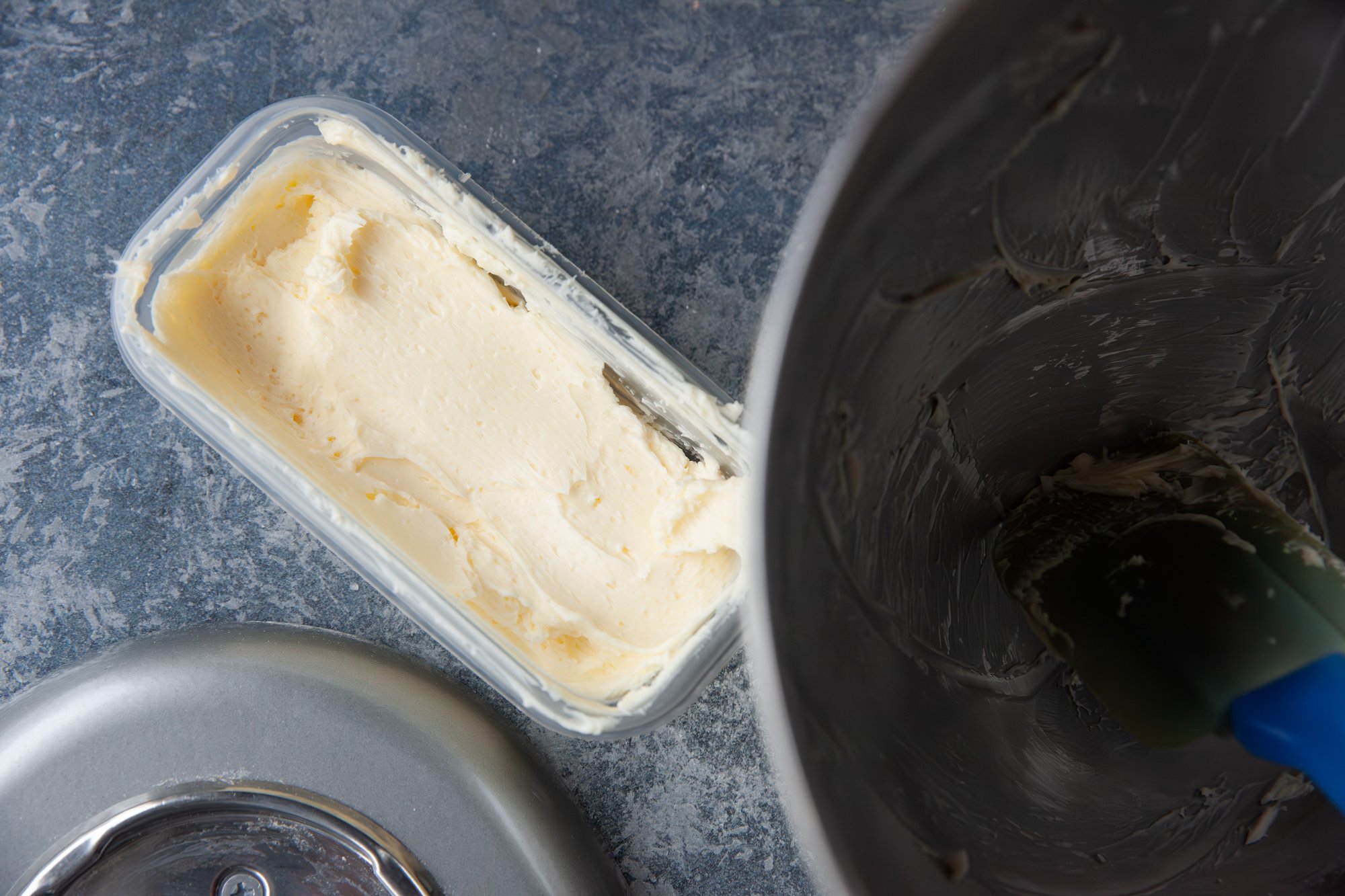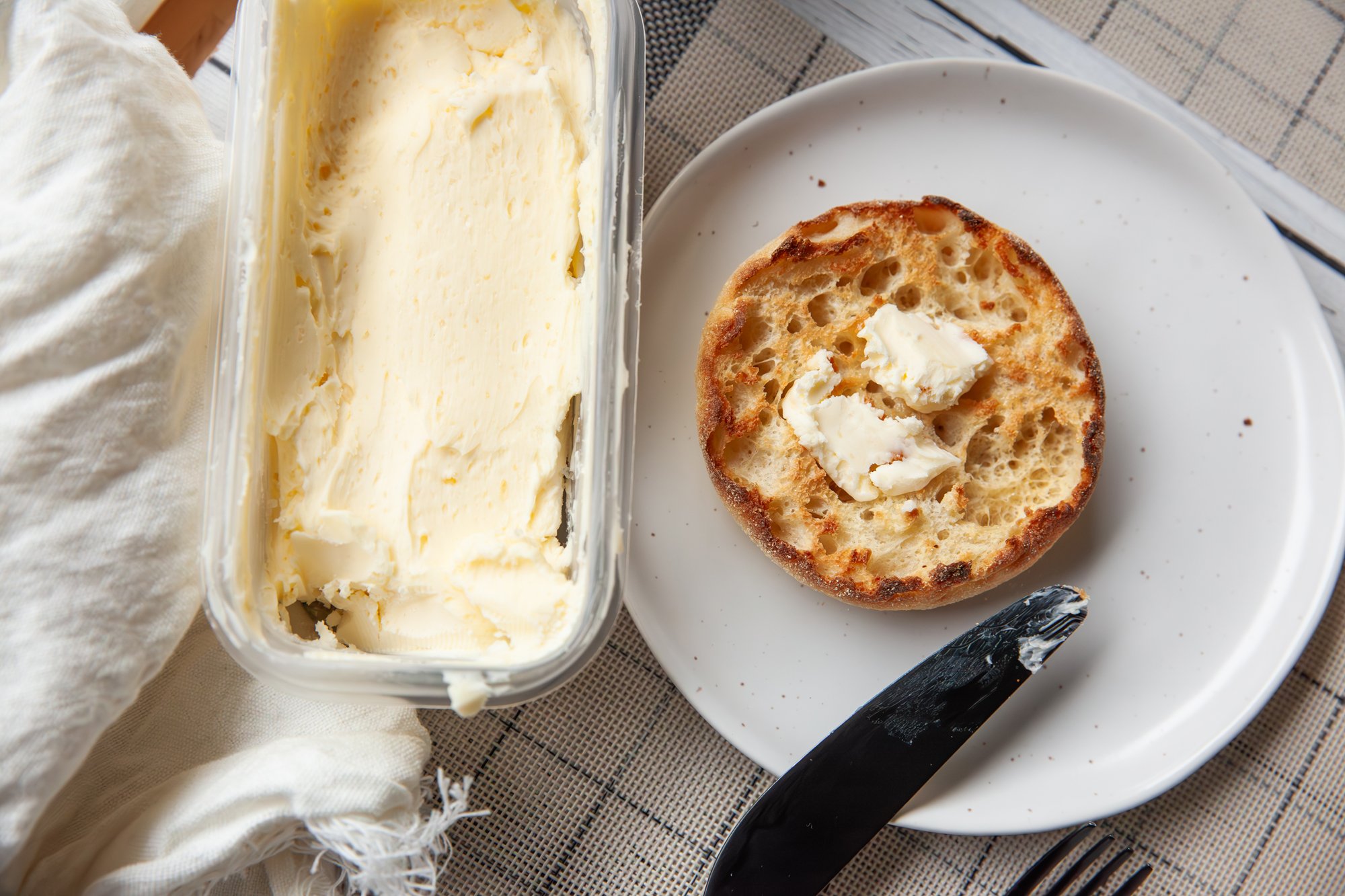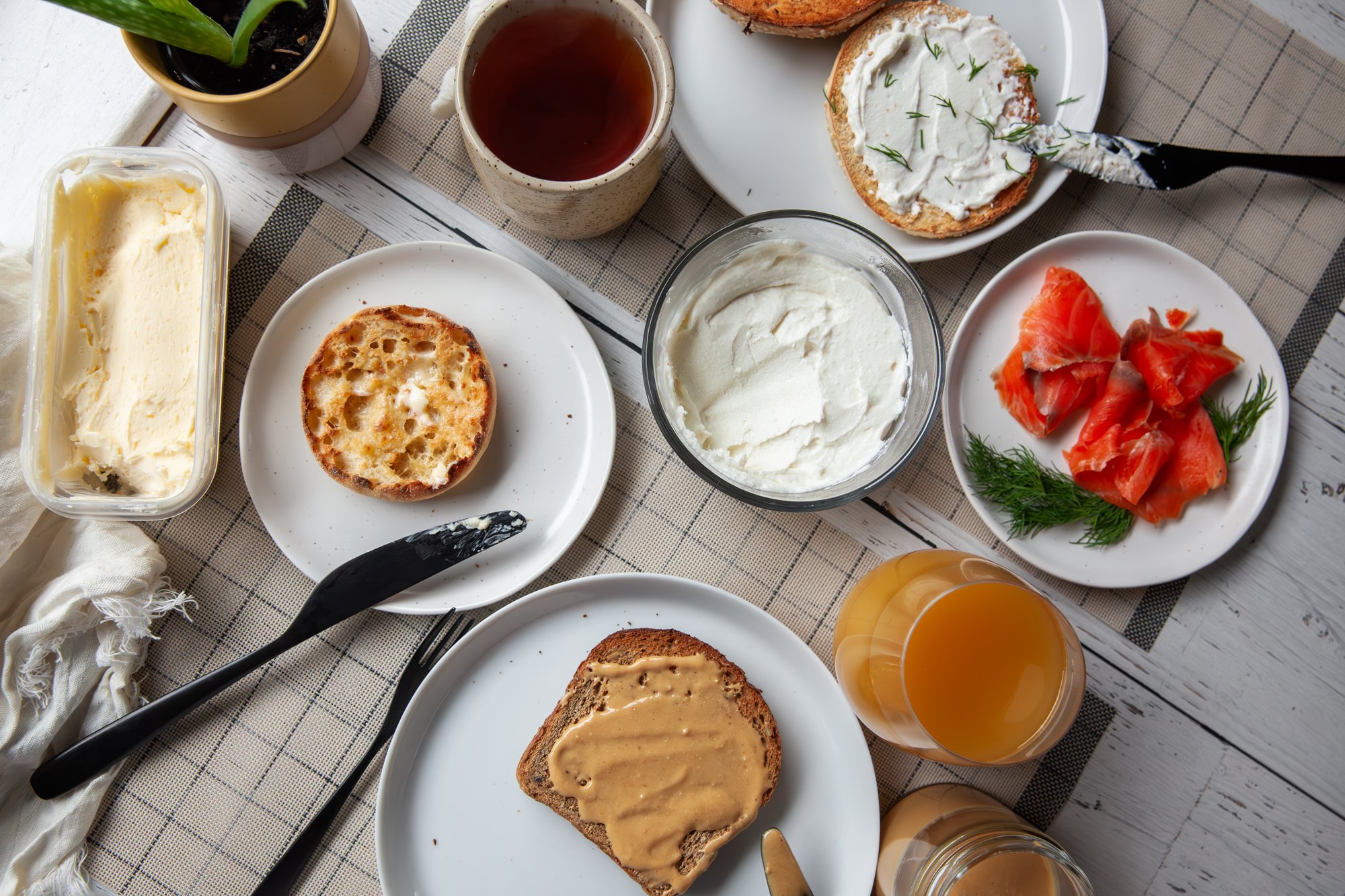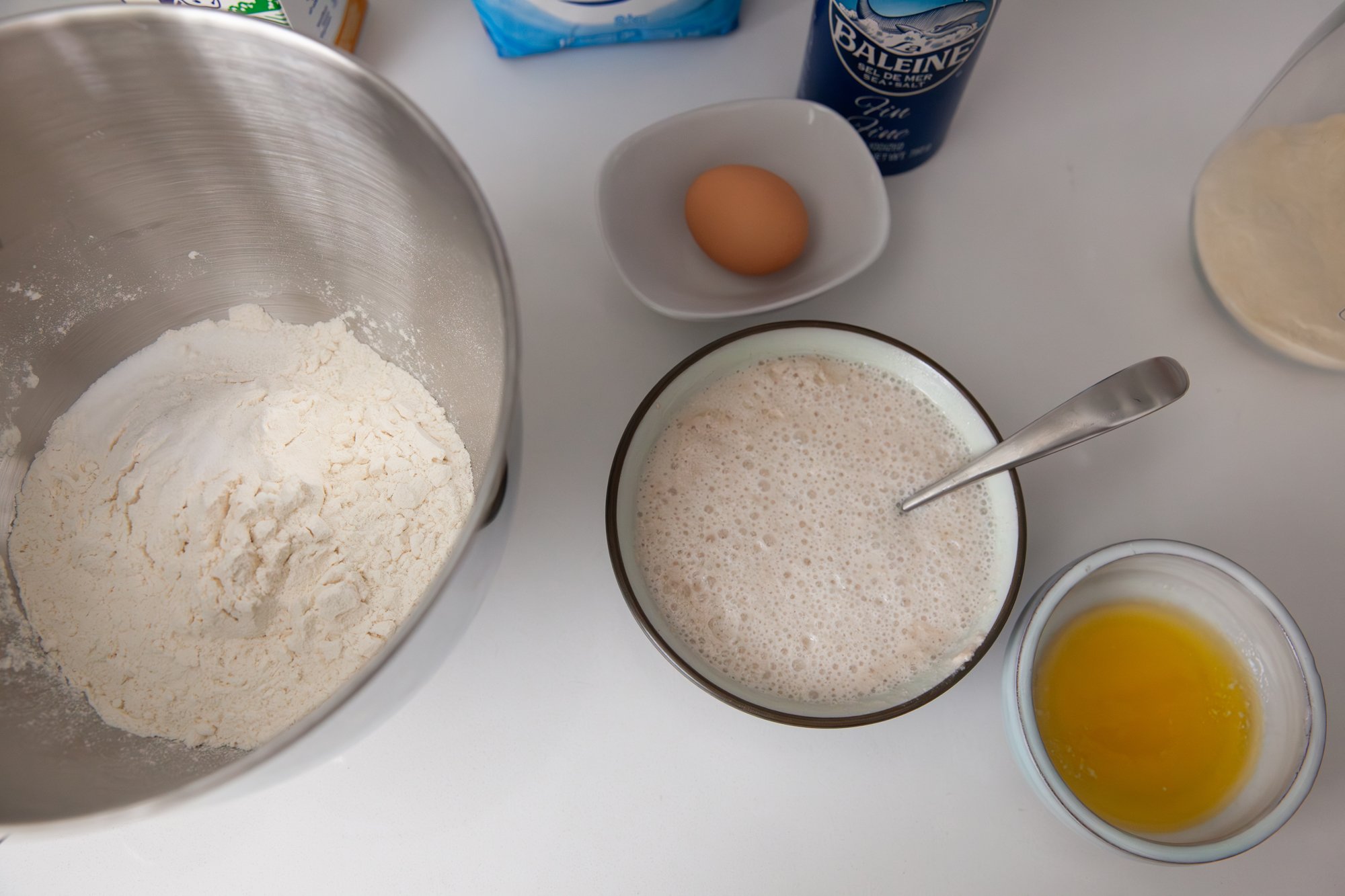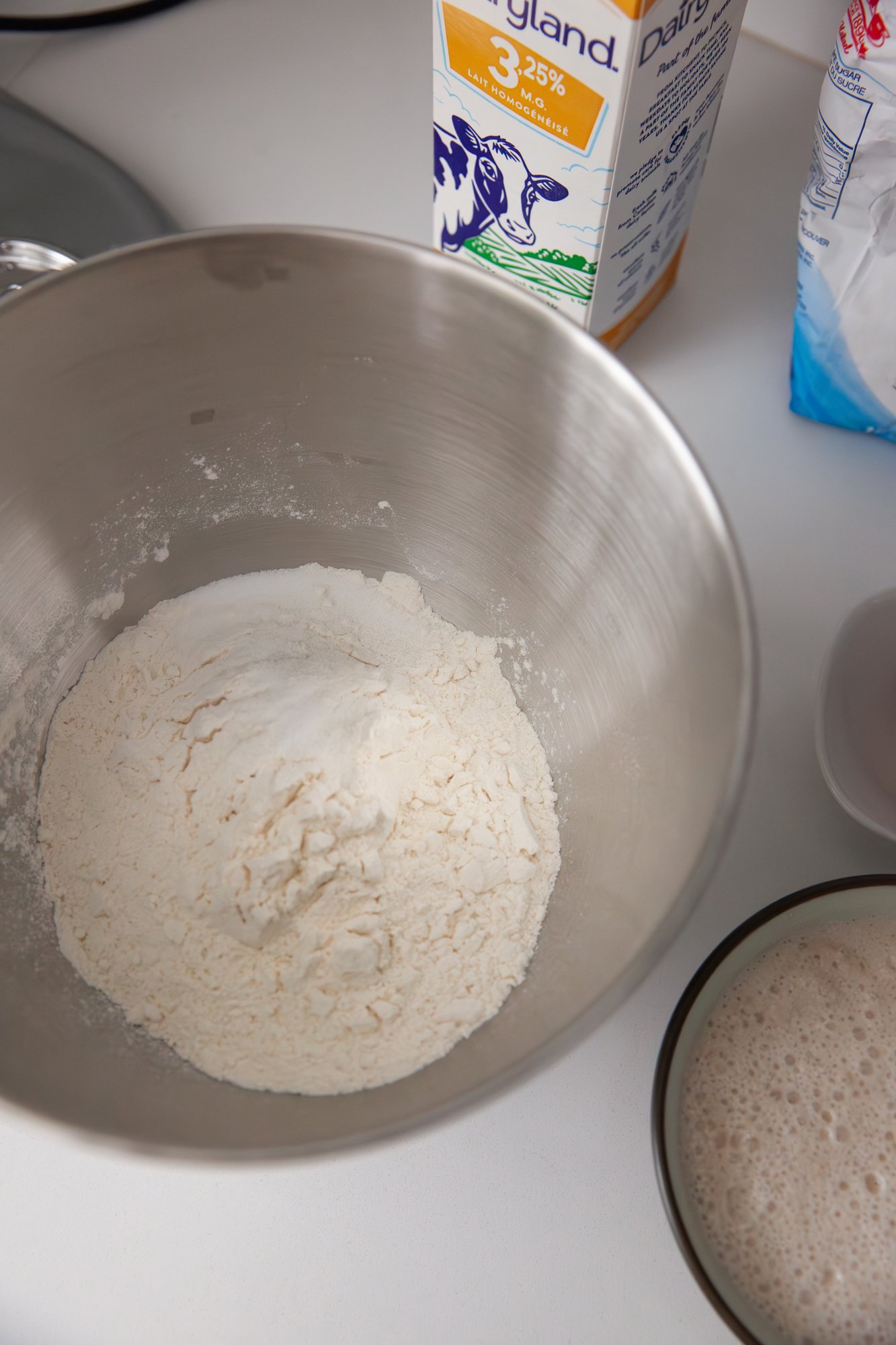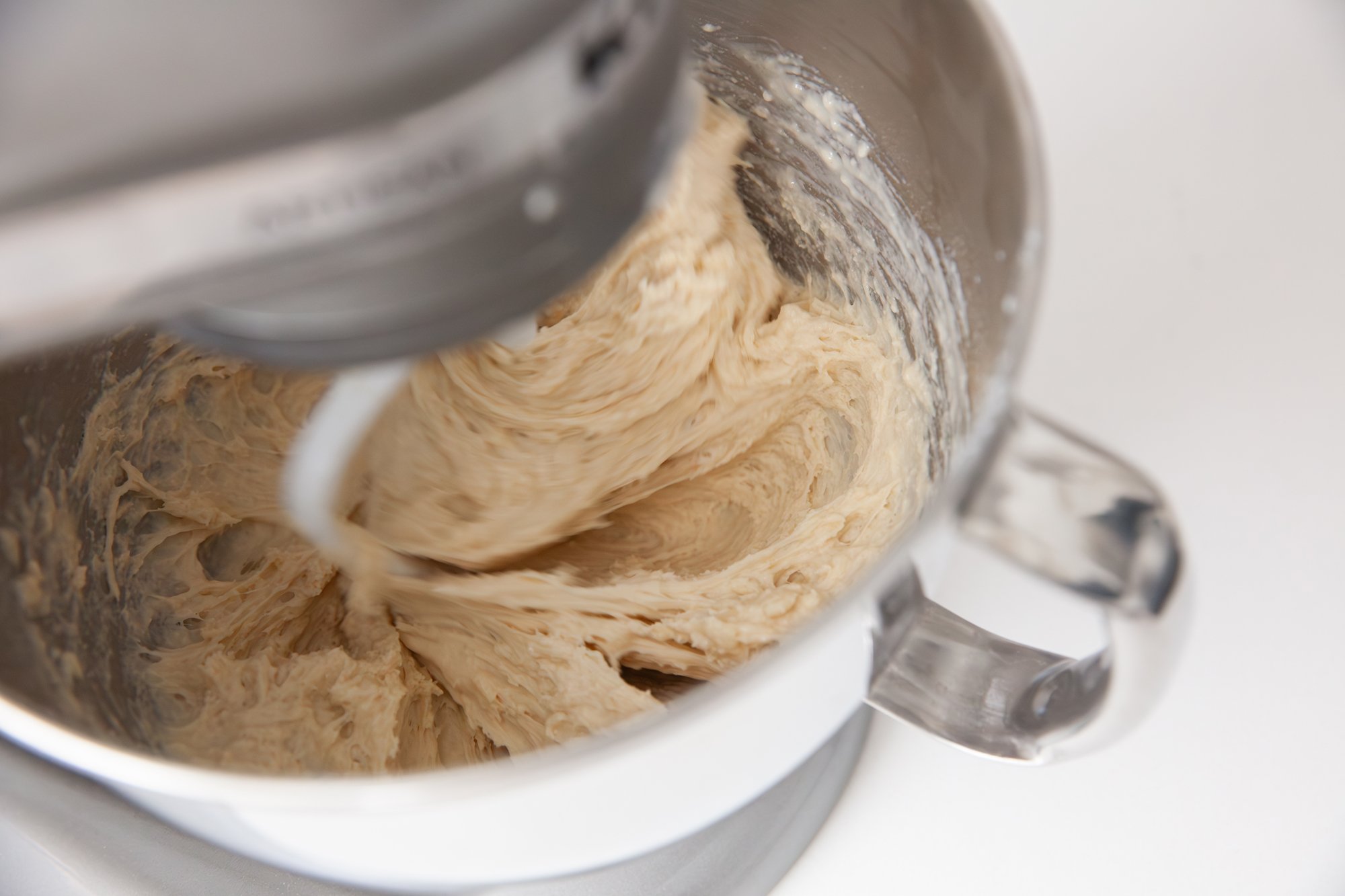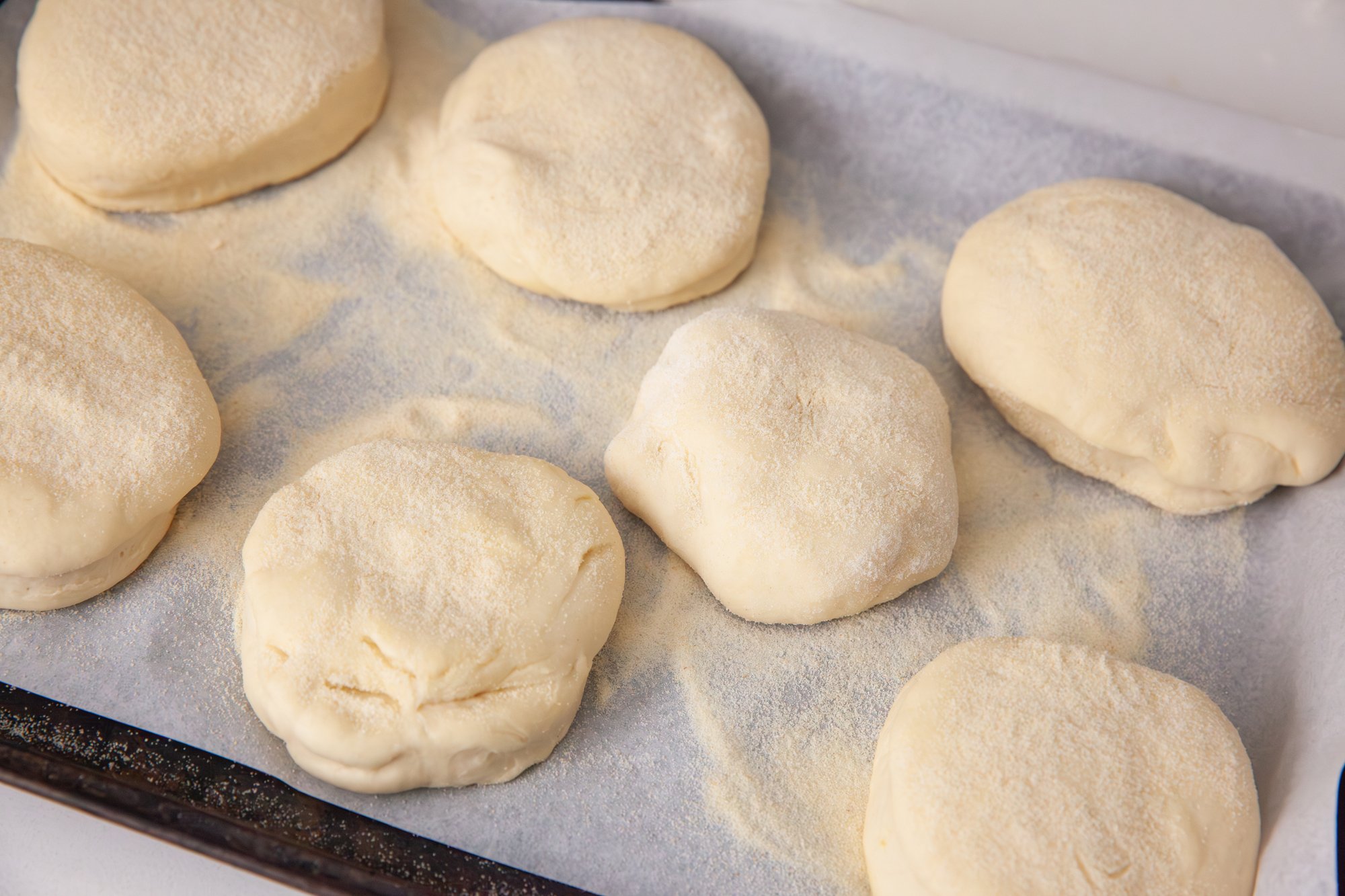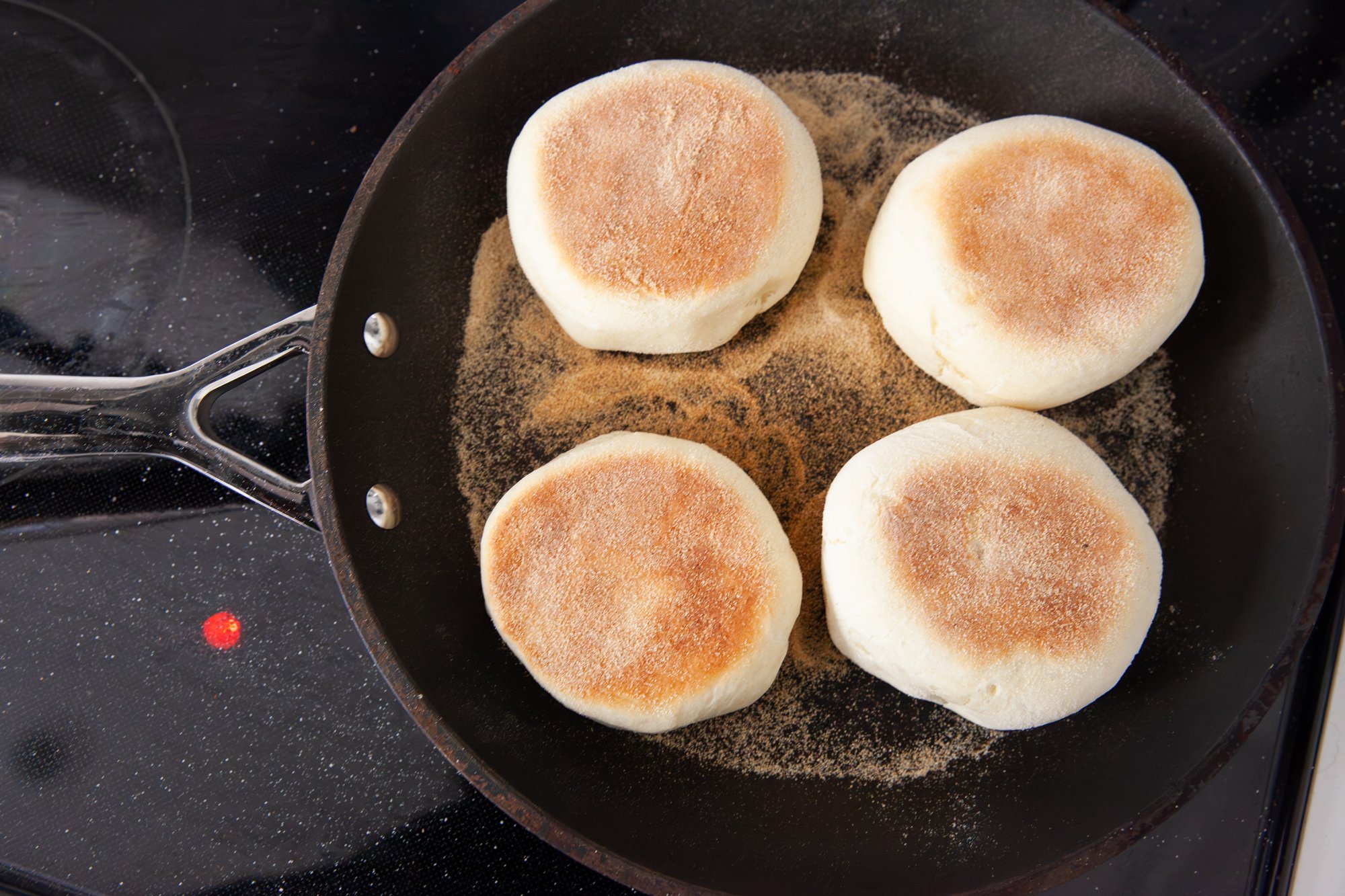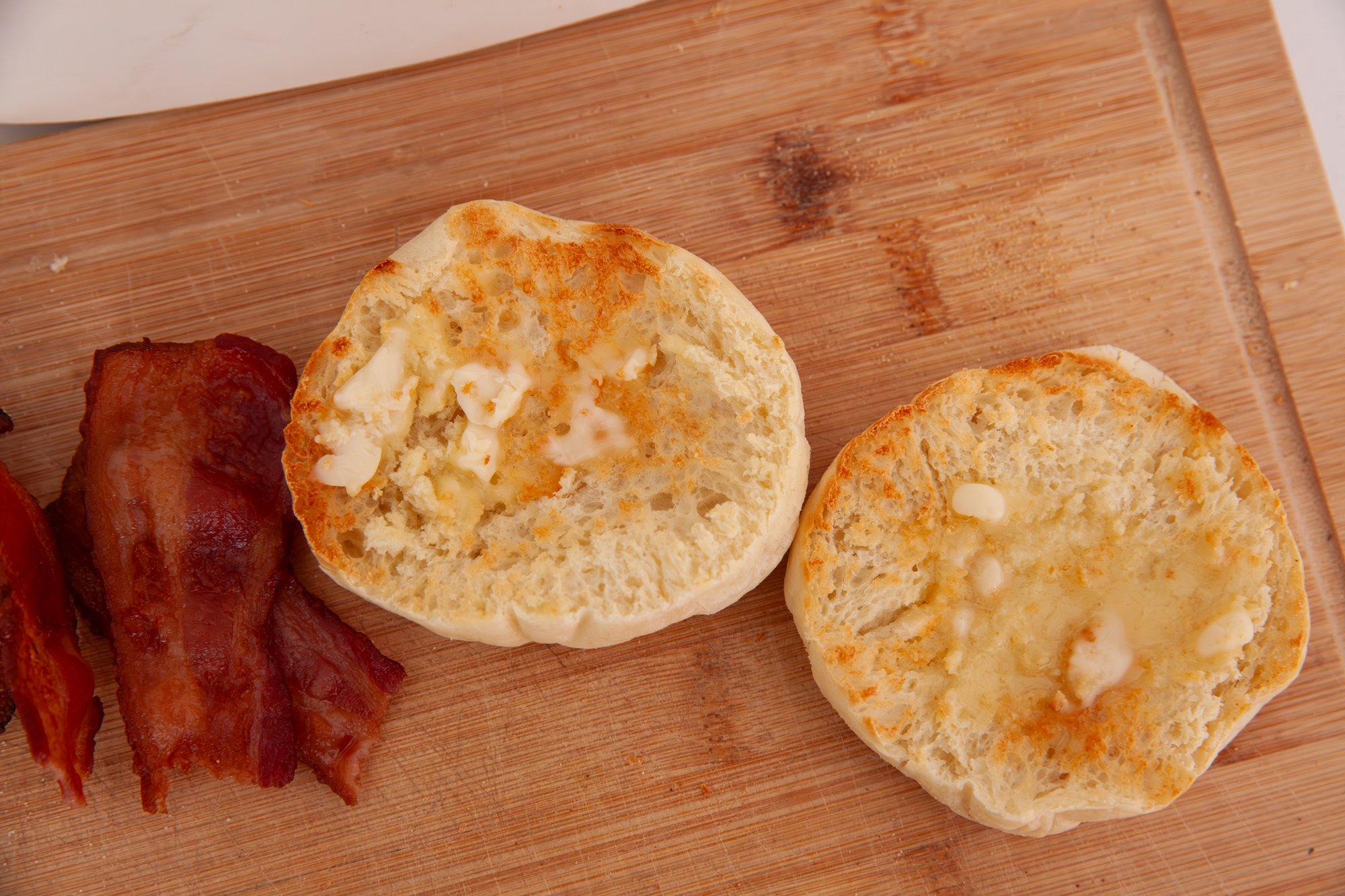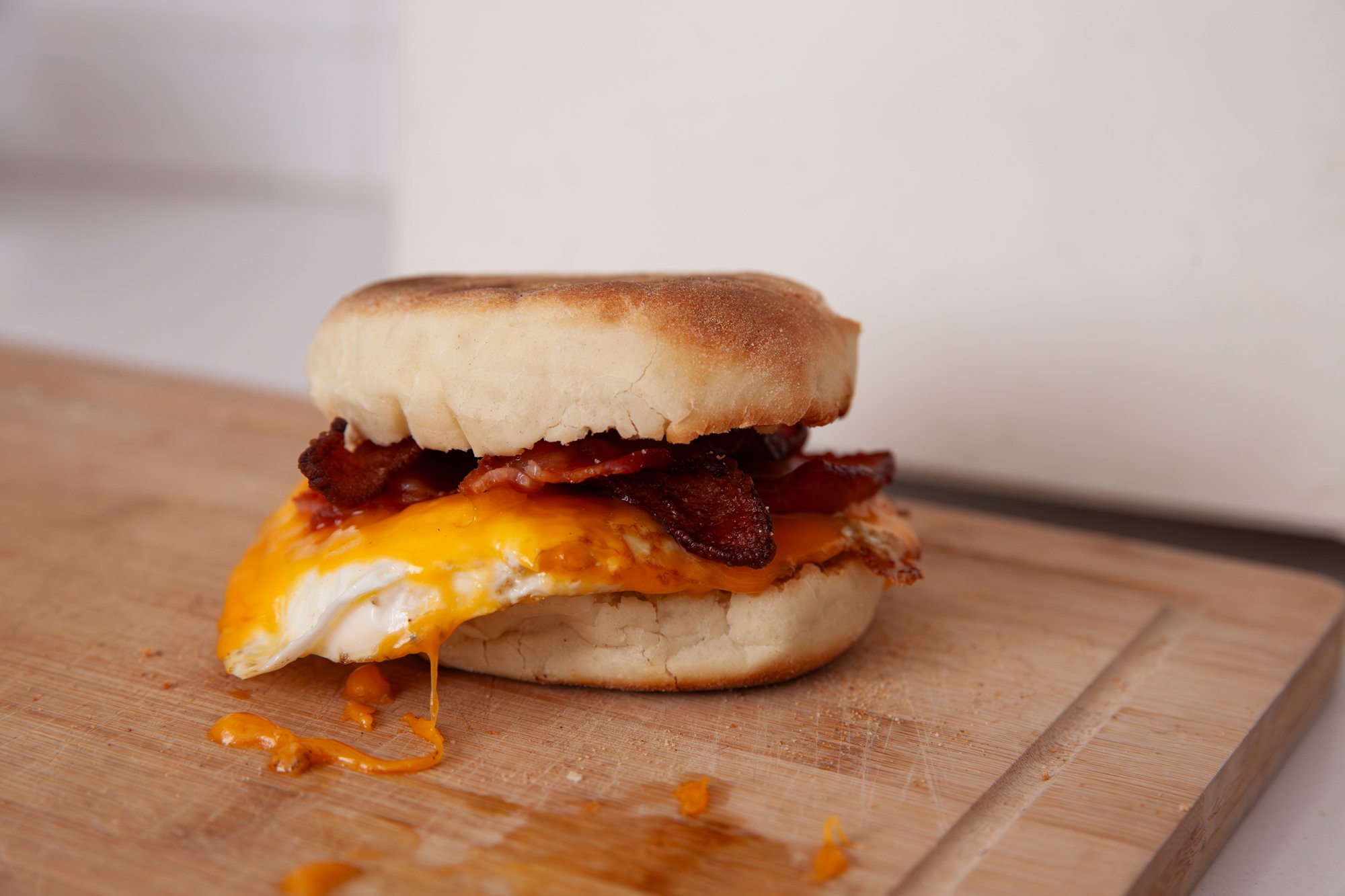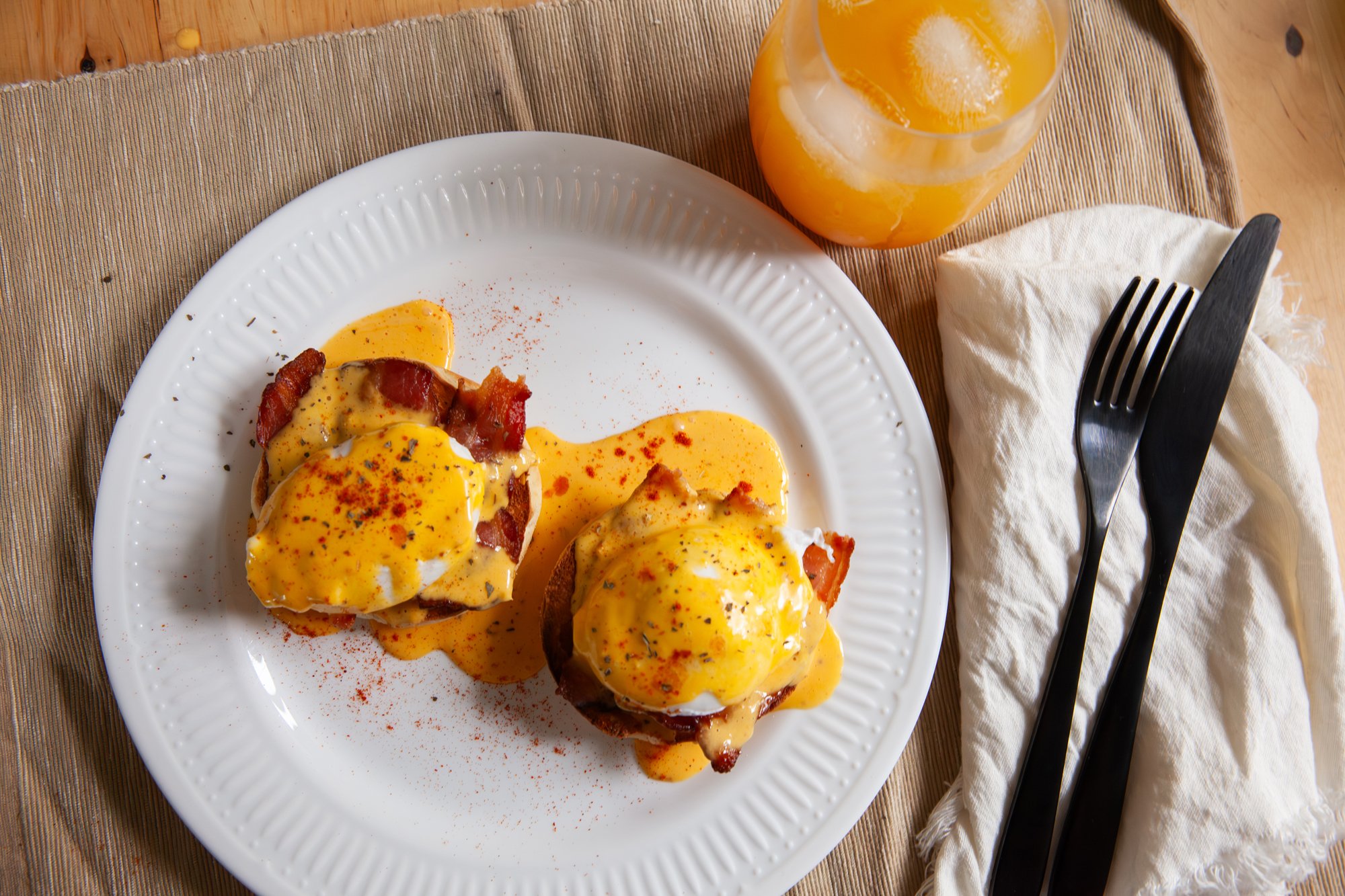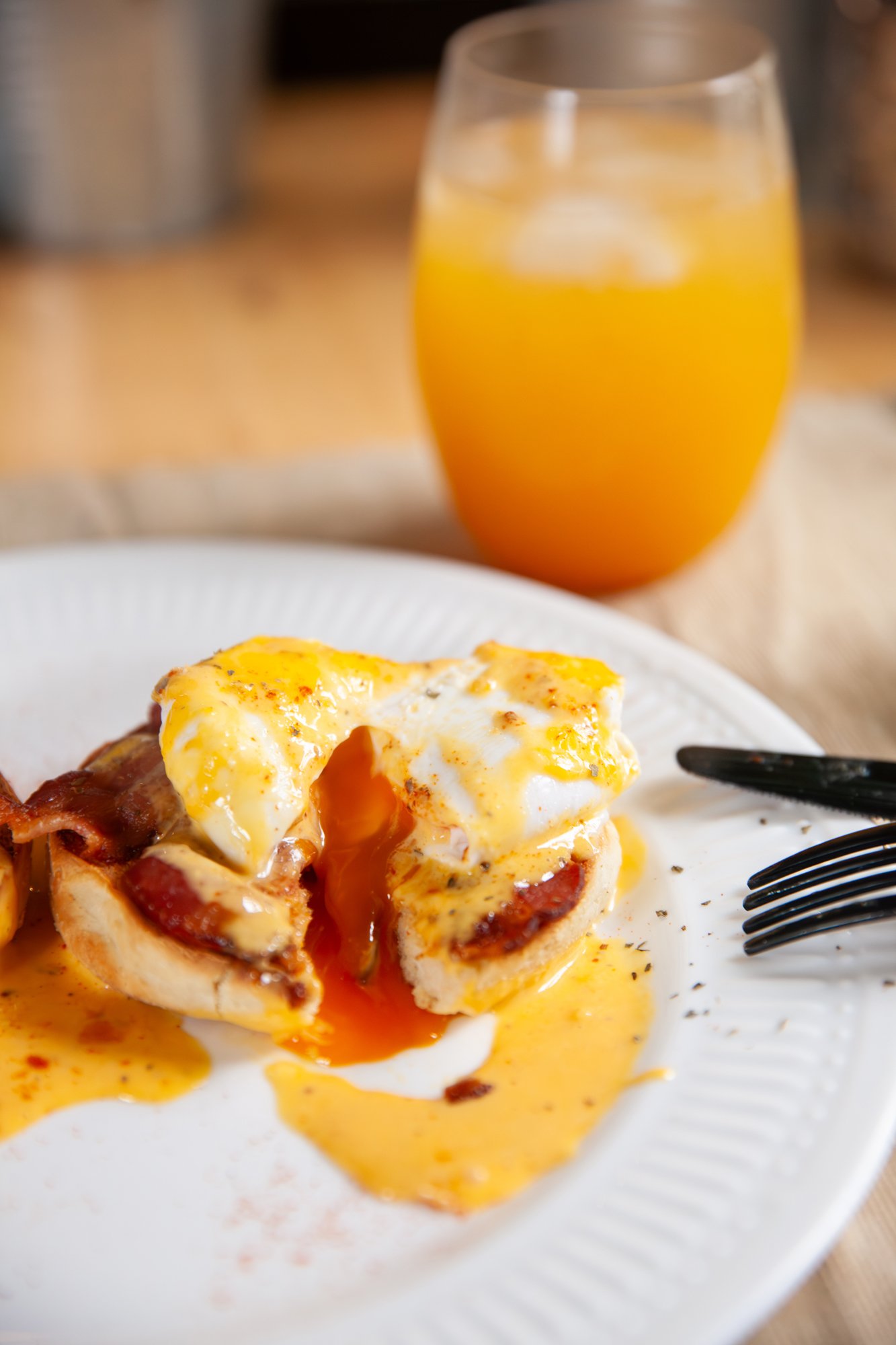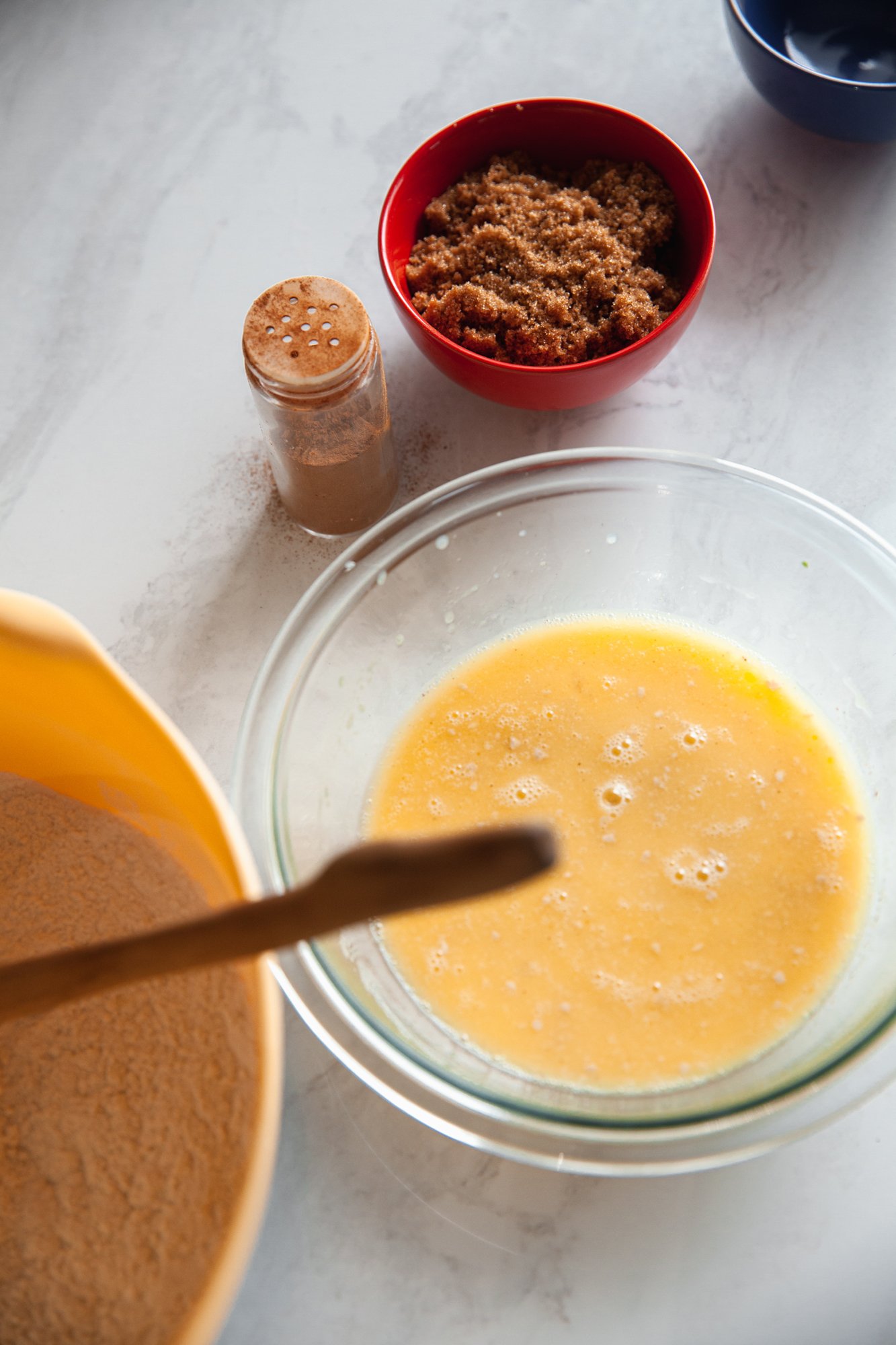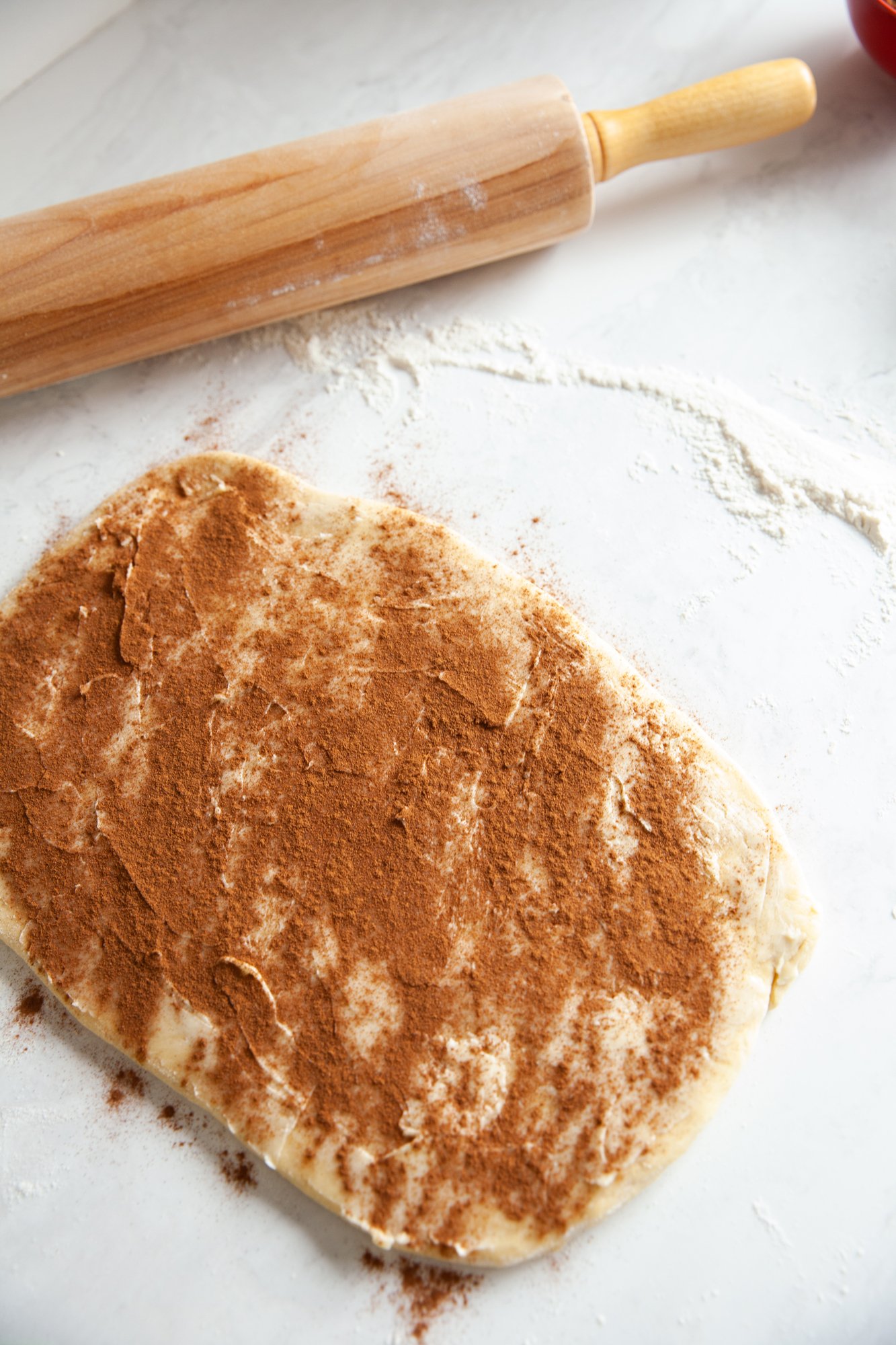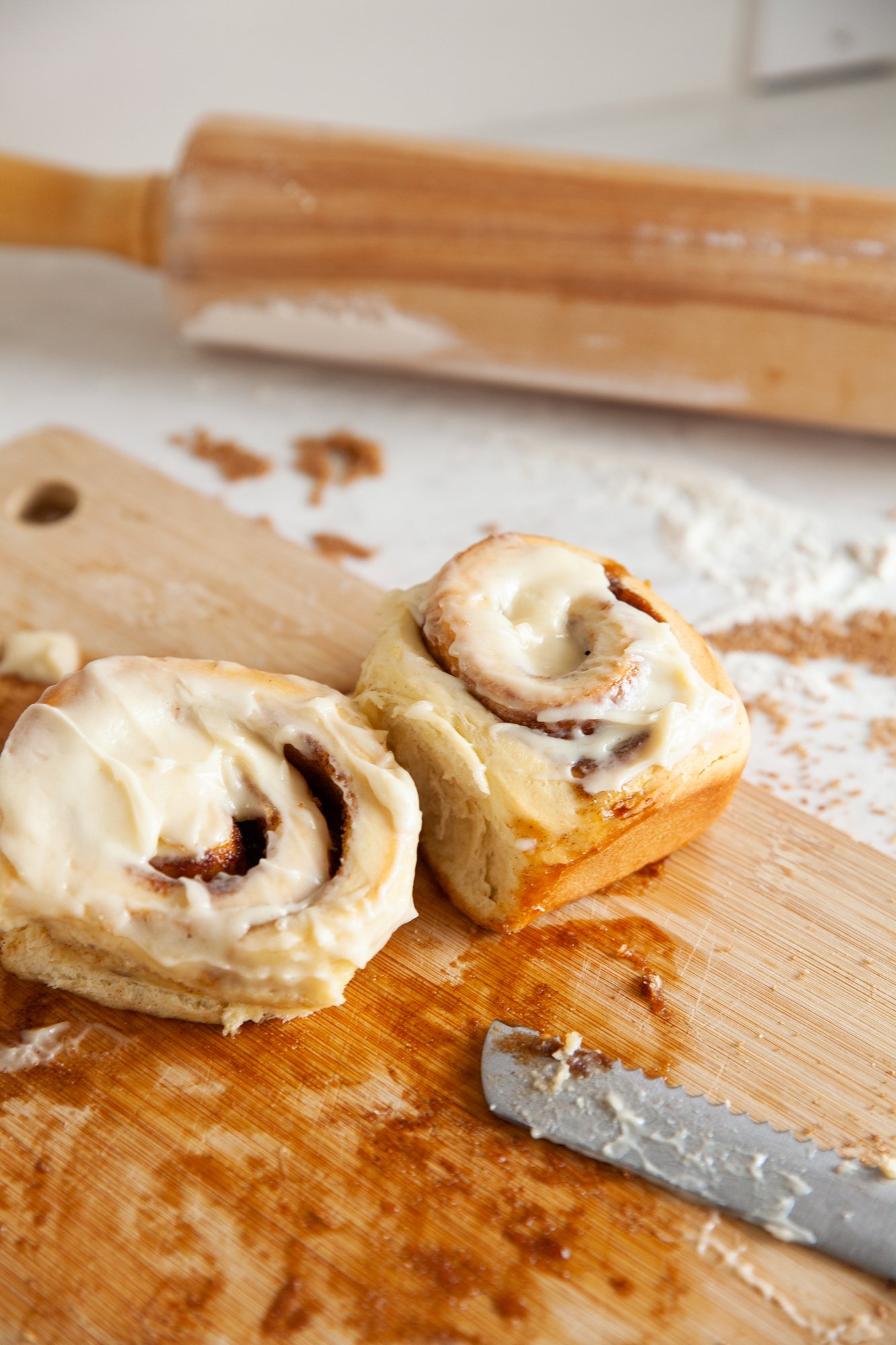Food Photography
Ceviche Cooking Demonstration
at Iberostar Selection Playa Mita
November 2024
FOOD: The Highwayman Pub in South Surrey
The Highwayman Pub
Food Photography
August 2024
RECIPE: Spreads for BC Living "From Scratch" - Cream Cheese
Spreads - Part 3: Cream Cheese
BC Living - “From Scratch”
May 2024
If you love making homemade jam after a bountiful summer of berries and other fruits, but have never tried to make other spreads at home, this is your sign. Making peanut butter (or any kind of nut-butter) is very simple, and even if they seem daunting, cream cheese and butter from scratch are well worth it. Not only because you can use fresh, organic ingredients, but you can customize them on the spot!
Cream Cheese
INGREDIENTS:
8 Cups Whole Milk
Juice of 1 Large Lemon (approx. 5 tbsp)
½ tsp salt (or more)
(Optional: additional herbs and spices for flavoring)
INSTRUCTIONS:
Begin by pouring the milk into a saucepan. Heat the milk over medium-high heat until it comes to a boil.
Once the milk is boiling, add the lemon juice and immediately turn off the heat.
Let the mixture sit for a few minutes to allow the milk to curdle. (During this time, you'll observe curds forming and a yellowish liquid separating.)
Once the curds have formed, strain the curdled milk through a cheesecloth (or clean tea towel) lined sieve to separate the liquid whey.
Rinse the curds under cold water to remove any excess whey clinging to them. Squeeze the curdled milk to remove any remaining liquid whey. You may need to do this several times.
Transfer the strained curds to a food processor, or blender, and add the salt (to taste).
Blend until the mixture becomes light and fluffy, usually within 1-2 minutes, depending on the machine's power.
If desired, add additional herbs or flavorings at this stage. Note that certain ingredients may affect the cheese's shelf-life; dried herbs will make the cream cheese last longer than fresh, but if you’re consuming quickly, go fresh!
Store the cream cheese in an airtight container in the refrigerator for up to 7 days.
ENJOY!
RECIPE: Spreads for BC Living "From Scratch" - Butter
Spreads - Part 1: Butter
BC Living - “From Scratch”
May 2024
If you love making homemade jam after a bountiful summer of berries and other fruits, but have never tried to make other spreads at home, this is your sign. Making peanut butter (or any kind of nut-butter) is very simple, and even if they seem daunting, cream cheese and butter from scratch are well worth it. Not only because you can use fresh, organic ingredients, but you can customize them on the spot!
Butter
INGREDIENTS:
2 cups heavy cream
Salt - optional
INSTRUCTIONS:
I made this in my stand mixer, but it can also easily be made in a food processor. It can be a bit messy, so keep a clean tea towel on hand.
Pour the heavy cream into the stand mixer bowl. If desired, you can add a pinch of salt for flavor.
Attach the whisk attachment to the stand mixer and set it to medium-high speed. Begin beating the cream. Keep an eye on the process; after a few minutes, the cream will start to thicken and form soft peaks. Continue beating until the cream transforms into whipped cream.
Keep mixing beyond the whipped cream stage. The cream will start to separate into butter and buttermilk. This process usually takes about 10-15 minutes.
The butter will begin to clump together and the buttermilk will separate from it.
Once the butter has formed solid clumps and separated from the buttermilk, you can drain off the buttermilk. You can do this by carefully pouring the mixture through a fine-mesh strainer or cheesecloth-lined sieve set over a bowl. Save the buttermilk for later use in baking or cooking.
Some people prefer to rinse the butter to remove any remaining buttermilk - I do and did here.
Pour cold water over the butter and then gently knead it under the water. Repeat this process until the water runs clear.
Now you can shape the butter into a ball or log, or simply work it into a container.
Store your homemade butter in an airtight container in the refrigerator. It should last for about a week.
Use your homemade butter on bread, toast, or in any recipe that calls for butter. Enjoy the rich, creamy flavor of your homemade creation!
RECIPE: English Muffins for BC Living "From Scratch" - April 01, 2024
English Muffins
for BC Living "From Scratch" Column
April 01, 2024
English muffins are so versatile, from a simple buttered one, to holding together a greasy breakfast sandwich, to being the sturdy base for an eggs benedict.
Whichever way you prefer, once you make them from scratch and taste them for the first time, you may never go back. And while they’re extremely good fresh out of the pan (yes, pan!), you can also freeze them for that Sunday morning brunch.
INGREDIENTS:
2 cups all-purpose flour
1 tablespoon granulated sugar
1 teaspoon salt
1 tablespoon active dry yeast
1 cup warm milk (around 110°F/45°C)
2 tablespoons unsalted butter, melted
Cornmeal, for dusting
INSTRUCTIONS:
You can make this by hand if you don’t have a stand mixer, but the dough can be very wet and hard to work with.
In the bowl of your stand mixer, combine warm milk and sugar. Sprinkle the yeast over the mixture and let it sit for about 5-10 minutes until it becomes frothy.
Attach the dough hook to your stand mixer. Add the flour, salt, and melted butter to the bowl with the activated yeast. Mix on low speed until a shaggy dough forms.
Once the dough comes together, increase the speed to medium-low and knead the dough for about 5-7 minutes until it becomes smooth and elastic. Scrape down the sides of the bowl occasionally.
Form the dough into a ball and place it in a lightly greased bowl. Cover it with a clean kitchen towel and let it rise in a warm place for about 1 to 1.5 hours, or until doubled in size.
Once the dough has doubled in size, punch it down and turn it out onto a lightly floured surface. Roll the dough out to about 1/2 inch thickness. Use a round cutter (about 3 inches in diameter) to cut out the muffins. Re-roll any scraps and continue cutting until all the dough is used.
Place the cut muffins on a baking sheet dusted with cornmeal. Sprinkle some cornmeal on top of the muffins as well. Cover them with a clean kitchen towel and let them rise for another 30-45 minutes.
Heat a cast iron pan over medium-low heat. Lightly grease the pan with butter or oil. Carefully transfer one of the muffins to the hot pan. Cook for about 6-8 minutes on each side, or until they are golden brown and cooked through. If you have a food thermometer, the internal temp should be around 200°F.
You may need to adjust the heat to ensure they cook evenly without burning. Once you can tell the correct cooking time and temp, repeat with the rest of the muffins, a few at a time, leaving some space between them.
Once cooked, transfer the English muffins to a wire rack to cool slightly before serving. Slice them open with a fork to reveal their nooks and crannies.
(It’s best to separate them before freezing, if you are choosing to do so. They can go directly into a toaster from the freezer.)
Serve warm with butter, jam, or make your favourite breakfast meal.
ENJOY!
RECIPE: Cinnamon Rolls for BC Living


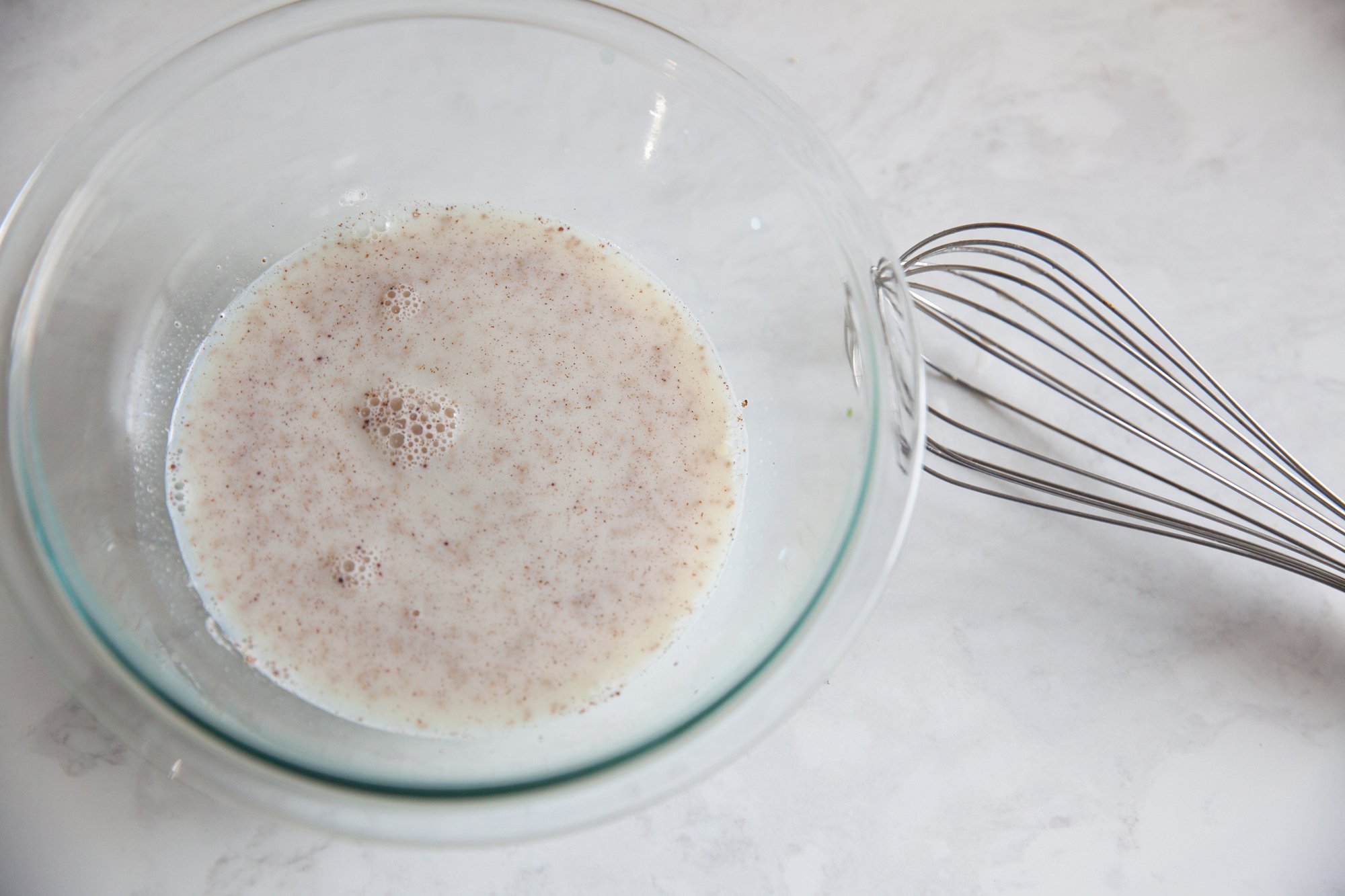
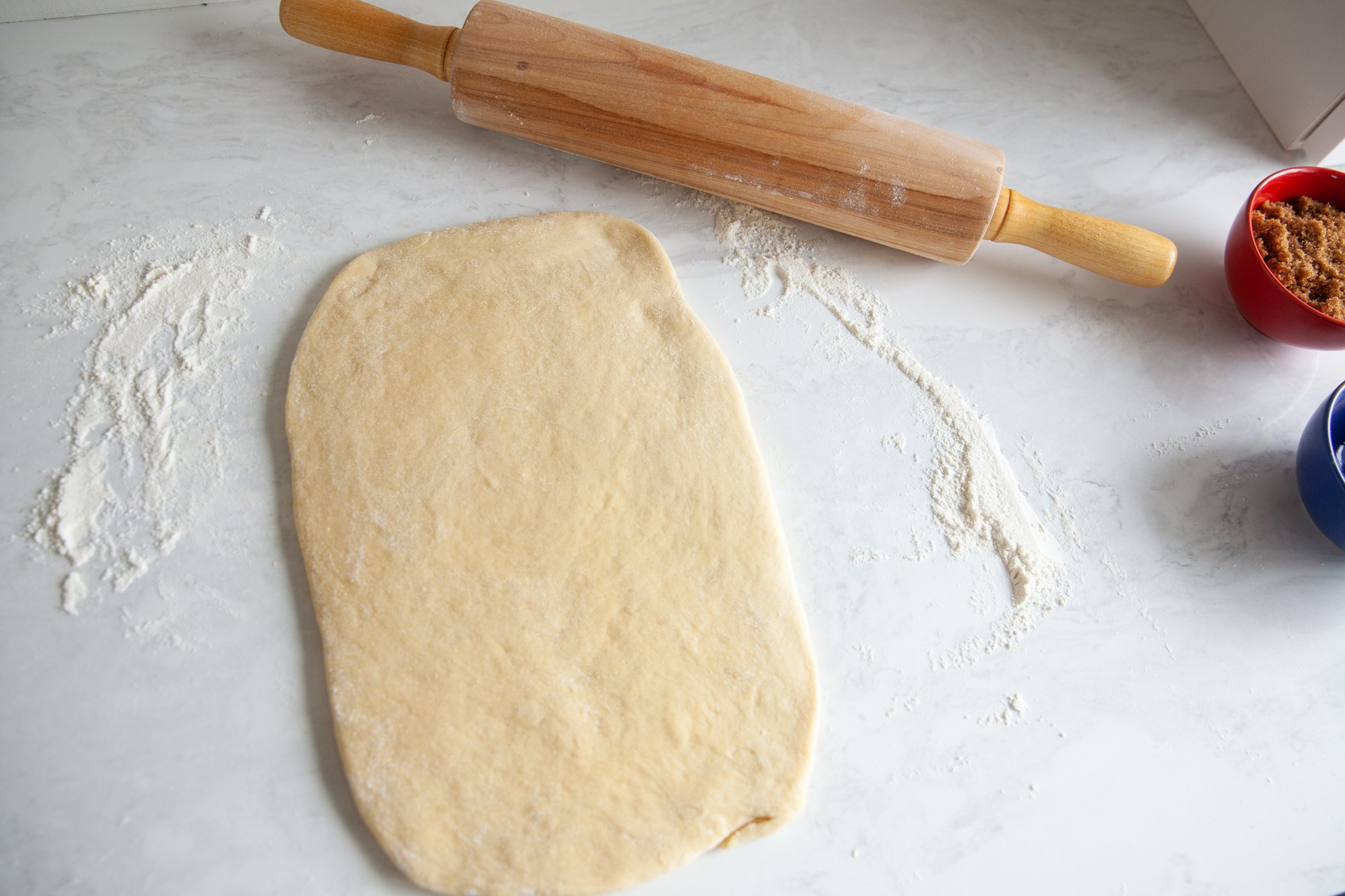
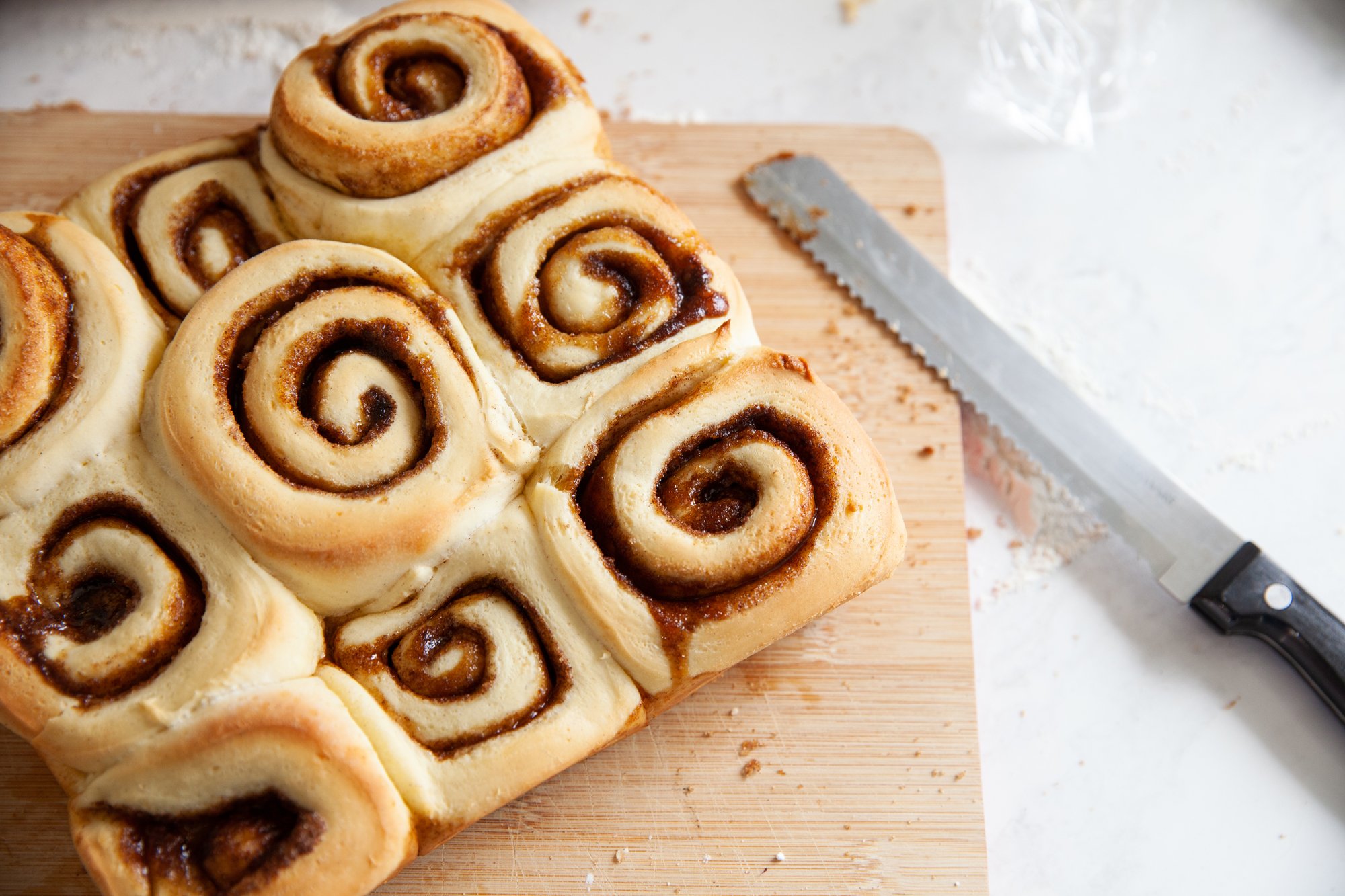
Cinnamon Rolls
Recipe for BC Living
February 2024
There’s nothing like warm cinnamon rolls on a weekend morning that you pull right from the oven and melt some delicious icing on. The benefit of this recipe is that you can do all the work the day before, so in the morning, the only thing you must do is wait patiently for the buns to rise!
Also, your kitchen is going to smell amazing.
INGREDIENTS
Dough:
- ¾ cup of milk (2% or 3%)
- 1 package of dry active yeast (about 2 ¼ tsp)
- 3 cups flour (bread or unbleached all purpose)
- ¼ cup white granulated sugar
- 1 egg, 1 egg yolk (room temp)
- ¼ cup butter
- 1 tsp salt
Filling:
- 2/3 cup brown sugar
- 1.5 tablespoons cinnamon
- ¼ cup soft butter
Frosting:
- 2 cup powdered sugar
- 2 tablespoon butter (melted)
- 2 tsp vanilla
- 4 tbsp milk
*Note: You’ll also need a 9x9 inch baking pan
INSTRUCTIONS
Heat the milk to about 110 degrees Fahrenheit – this will be about lukewarm.
Once heated, add it to a large bowl, and mix in the yeast, and sugar. Let stand for 15 minutes until bubbly. Now add in the room temperature eggs and melted butter (make sure the butter isn’t hot or it might cook the eggs!).
Now add the flour and salt and stir with a wooden spoon until the dough begins to come together.
If you have a stand mixture, transfer in the dough with the dough hook attachment, and run at med speed for 5 minutes, then scrape down the sides, and run for an additional 3-4 minutes until a ball forms. If it’s too sticky, you can add a bit more bread flour.
If you don’t have a stand mixer, you can knead the dough by hand for 8-10 minutes on a clean and floured surface.
Oil a bowl and place the dough ball inside, and then cover the bowl with plastic wrap, and a tea towel over top. Let this stand for 1 to 1.5 hours, just until it has doubled in size.
While the dough is rising, you can make the filling mixture, by mixing the brown sugar and cinnamon together. If you prefer to add more cinnamon or other spices, like nutmeg, here is your chance.
When the dough has risen, place it on a well-floured surface and gently roll it out until it is approximately 9x14 inches.
Now spread the softened butter on top of the dough, leaving one small edge on the shorter side un-buttered.
Sprinkle the cinnamon-sugar mixture evenly across the buttered dough, lightly patting it into place.
Roll the dough, starting on the 9-inch side, tightly across, and finish by pinching the un-buttered seam into place, and finish with the seam side down.
If there is excess on the ends that do not have filling, you can cut these off with a sharp knife.
Now, either using the knife, or using un-flavored wax floss, cut 9 sections out of the log (about 1 inch each).
Grease the 9x9 baking pan and place the rolls evenly into it.
Now is the time, if you want to make the rolls the next morning, to cover the pan with plastic wrap and place them in the fridge overnight.
If you're making them the same day, cover the pan with plastic wrap and a tea towel and let rise again for about 30 to 40 minutes.
While the rolls are rising, preheat the oven to 350 degrees F, and when they’re ready, place the rolls in the oven and bake for 20 minutes. (I like to rotate halfway through.) Check after 20 minutes, and see if they’re beginning to turn golden brown, if not bake for a few more minutes, watching them carefully.
In the meantime, while the rolls are baking, you can make the frosting by placing the icing sugar, butter, vanilla and milk in a bowl, and whisking until smooth. You’ll want it thicker, as it will melt when placed on the warm cinnamon rolls.
Let the rolls cool for 5 minutes before removing them from the pan and placing them on a plate and spreading the icing across.
ENJOY!
*Note: If baking from the fridge after resting overnight, let the rolls come to room temperature for 30 minutes to an hour before baking.




































